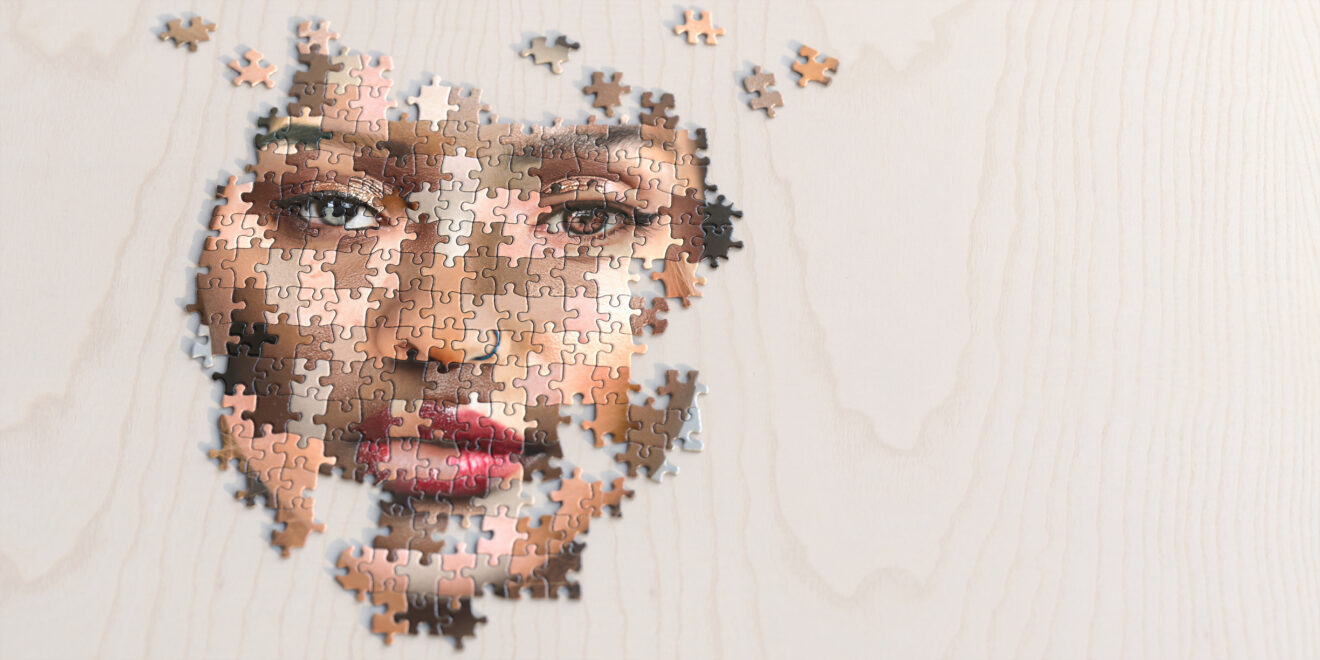I’m a middle-school science teacher working in a close-knit school environment where opportunities for peer feedback and cross-curricular collaborations — blending subjects in lessons — are encouraged and made possible.

As teachers, we’re always trying to make our lessons more relevant to our students, increase engagement, support understanding and ultimately drive learning outcomes. For me, that means building touchpoints within my science curriculum that connect to students’ other learnings at school or in the real world. Not only does this help students’ engagement in my classroom, but it also helps them with additional practice for their other subjects.
Context is essential
A few years ago, I realized it felt disjointed to teach the science of evolution without including significant historical context. Science does not exist in a vacuum. To me, approaching it that way is like watching only one scene from a movie without seeing what happened before or after. It almost felt like lying through omission — students miss massive amounts of context that help explain the impact if we don’t frame things for them. In modern society, where we’re making huge scientific advances each year, it’s essential we pay attention to the timing and historical impact of these discoveries, both past and present.
When I first started blending subjects, students naturally had questions as to why they were learning history in my science classroom. To respond to students’ questions and pushback when starting the lesson (which did happen), I explained that scientific discovery is influenced by the historical, social and political climate of the time. When we learn about scientific discoveries, often we just learn the concept without being able to see the implications it had, which might be as wide-ranging and impactful as the discovery itself.
It’s important for me to acknowledge that I have the privileges of a supportive school administration and a district that has adopted the social justice standards for K-12 education from Learning for Justice, many of which apply to this set of lessons. Alongside my principal, we’ve ensured this lesson is fully standards-aligned. Not every educator has these privileges. Individual teachers will need to identify their areas of agency within their own school settings and communities.
What this looked like in my classroom
In my classroom, I’ve integrated historical context specifically into our study of the science of evolution. At the end of our district-adopted 8th-grade unit about the evolution of human skin color, we have a lesson that pairs the scientific content we cover with mini-lessons that provide their historical positioning.
We drew a timeline from the release of Darwin’s theory through Alfred Wallace and European “concerns” about evolution going backward due to a social welfare program. We studied eugenics under Galton and the justifications made for the American eugenic system that sterilized thousands of people with disabilities, especially women of color. It’s really important to me that I make sure students have time to debrief and think things through: These are challenging concepts that have potential for real emotional impact. Small-group circles help students sort out their own thoughts and hear from others to establish their own relationship with and understanding of the information presented.
Then, we moved into a full lesson on the science of bias, starting from understanding the groundwork of bias actually being a trait that has been part of hominid nature throughout our evolution. We learned brain chemistry is actually rife for creating biases, whether they be racial, gender, or class biases. We ended the unit by diving into our own identities, both visible and non-visible characteristics, and made identity maps for who we are versus how we’re seen.
Timelines are an essential tool when teaching the context of major scientific discoveries. We read first-hand documents to understand points of view and participate in discussions. We utilize Pear Deck so students are able to share their thoughts, ideas and questions in real time after each new bit of presented information. This way, I can check in with them to see if there is anything that needs to be addressed in a way that maintains privacy from their peers but still provides me with the information I need to understand whether individual students were particularly struggling.
What’s next with blending subjects
I was grateful to have the cross-collaboration and feedback from a few history teachers at my school in the building of this lesson, especially because of their ability to suggest meaningful resources that propelled student understanding.
Beyond this lesson, I’m excited about the prospect of lining up lessons with reading and history classes to build additional practice for other subjects into the curriculum. My hope is that I’m able to help students who love one subject understand how all subjects can fit together and increase their enthusiasm for learning in a class that may not have traditionally been their favorite.
I want students to be able to answer the question of “Why am I learning this?” by seeing their material reflected across subject areas, understanding context and thinking critically about their own learning to increase impact.
Reed Buck (he/him) is a third-year science educator in California. He sees himself as a lifelong learner, student advocate and proud nerd. Buck uses Pear Deck in his class.
Opinions expressed by SmartBrief contributors are their own.
_________________________
Subscribe to SmartBrief’s FREE email newsletter to see the latest hot topics on EdTech. It’s among SmartBrief’s more than 250 industry-focused newsletters.
